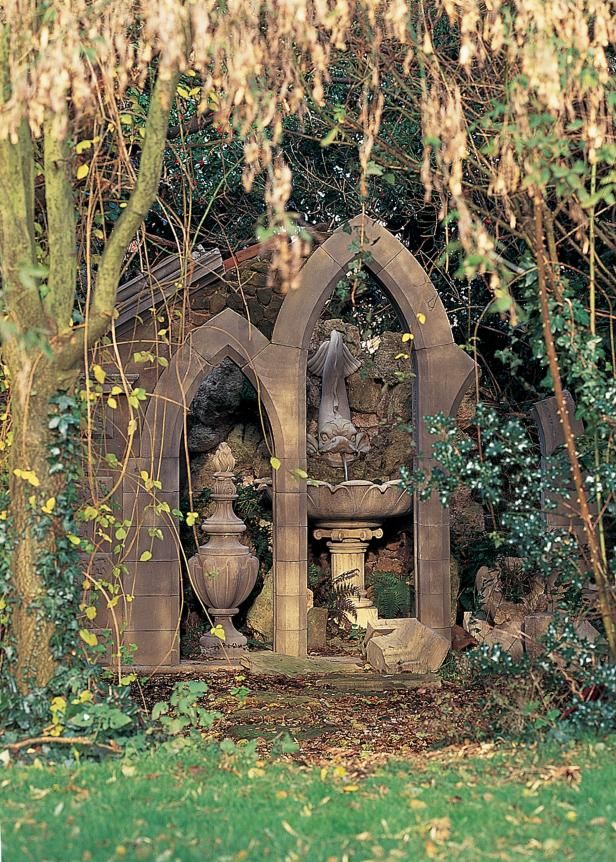
A Spiritual Garden is more than just a place to grow flowers and vegetables. It is a sacred space where one can connect with nature, meditate, and find solace from the stresses of daily life.
Creating a spiritual garden is a deeply personal process, as each element of the garden is chosen with intention and purpose. From the layout of the garden to the selection of plants and decorations, every detail is considered in order to create a peaceful and harmonious environment.
One of the key components of a spiritual garden is the presence of symbols that hold personal significance. This could be a statue of a deity or spiritual figure, a fountain representing the flow of life energy, or a labyrinth for walking meditation. These symbols serve as reminders of the sacredness of the space and can help to deepen one’s connection to the divine.
In addition to symbols, a spiritual garden often incorporates elements that engage the senses and encourage mindfulness. This could include fragrant herbs and flowers for aromatherapy, wind chimes for soothing sounds, and colorful flowers to stimulate the visual senses. By engaging with these sensory elements, one can experience a greater sense of presence and awareness in the garden.
Meditation is another important aspect of a spiritual garden. Many people create a special area within their garden specifically for meditation, whether it be a quiet corner with a bench or a designated spot for sitting on the ground. By spending time in meditation in the garden, one can cultivate a deeper sense of inner peace and connection to the natural world.
Ultimately, a spiritual garden is a place of retreat and renewal, where one can find solace and inspiration in the beauty of nature. Whether used for prayer, meditation, or simply as a peaceful place to relax, a spiritual garden has the power to uplift the spirit and nourish the soul. By tending to the garden with care and intention, one can create a sacred space that brings solace and inspiration for years to come.
 Garden Ideas
Garden Ideas








